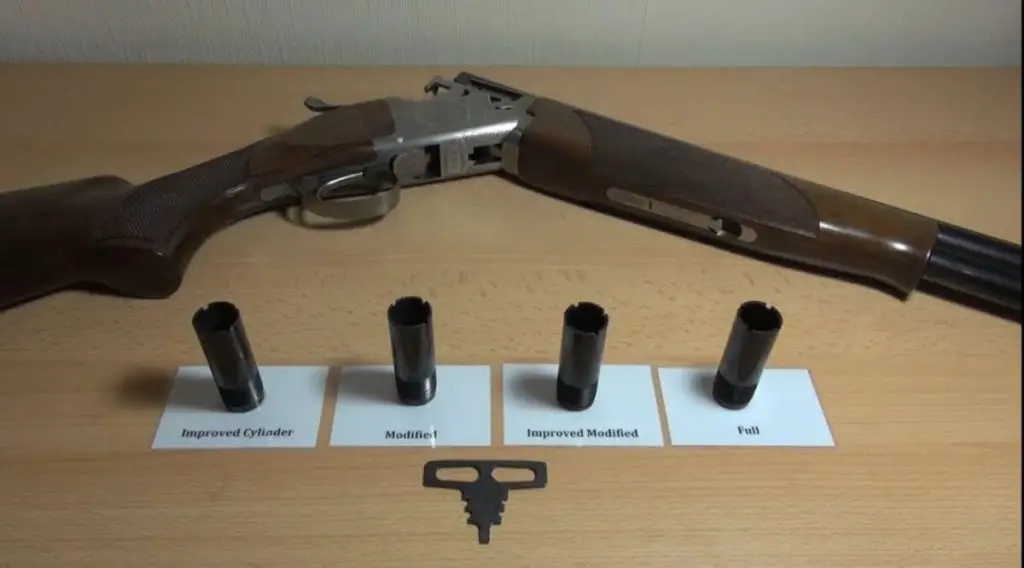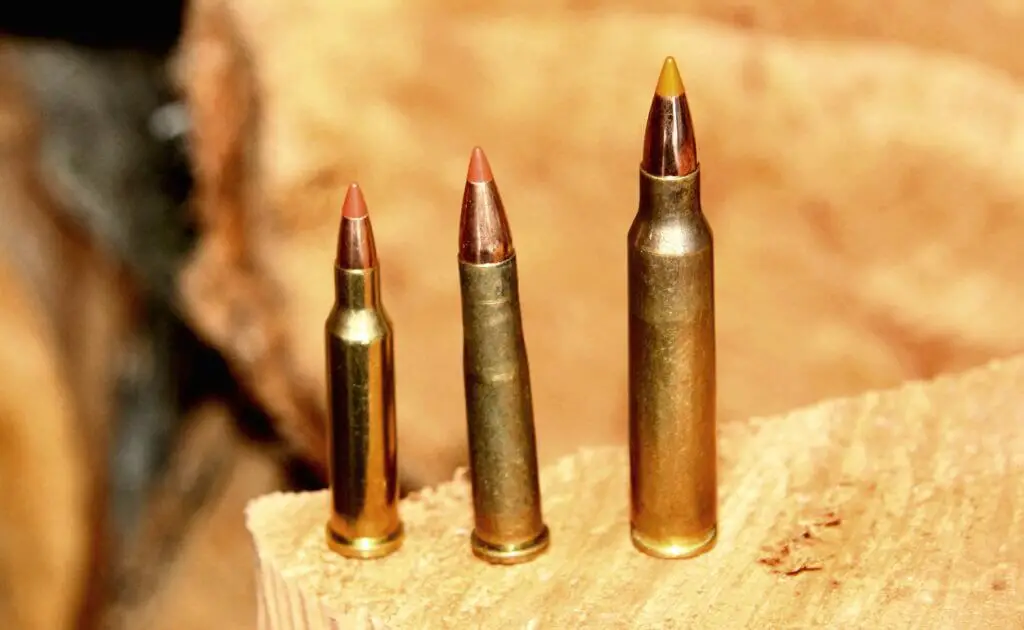In the world of shooting, whether it’s hunting, competition, or target shooting, firearm accessory is crucial for enhanced effectiveness and accuracy. One such accessory that provides a significant upgrade from default equipment is a peep sight, specifically the Williams Peep Sight. This highly recommended accessory assists in regulating and improving your aim, resulting in greater precision and accuracy. Upon successful installation, understanding how to properly adjust this sight is essential. In the subsequent sections, we’ll examine how to adjust a Williams Peep Sight appropriately.
Understanding the Williams Peep Sight
Founded by the gunsmith Norman Williams in 1926, Williams Gun Sight Company has been providing high-quality sights and firearms accessories for nearly a century. The Williams Peep Sight, often known as a ‘ghost ring’, is recognized for its simplicity, precision, and durability.
The Williams Peep Sight works on the principle of providing a simple, yet precise and unobstructed field of view. It consists of two primary parts: a rear aperture (or peep) sight and a front post sight. When aiming, you look through the rear aperture to the front post, align it with your target, and shoot.
Adjusting the Williams Peep Sight
Understanding the Adjustment Mechanisms
Before you can start adjusting your sight, it’s important to comprehend two main mechanisms involved: windage and elevation. Windage pertains to horizontal movement (left or right), while elevation refers to vertical adjustments (up or down). The Williams Peep Sight allows both of these changes via two separate screws. In most models, the elevation adjustment screw is located on top of the sight, while the windage screw is to the side.
Adjustment Process
Before you start adjusting your firearm, ensure that it is unloaded for safety. Whenever adjustments are made, it should always be carried out in small increments.
- Elevation: By turning the elevation adjustment screw, you can change the height of the peep sight. Turning it clockwise (when viewed from above) will lower the sight, pushing your aim downwards and vice versa.
- Windage: Similarly, by rotating the windage adjustment screw, you can shift your sight horizontally. Turning the screw clockwise (when looking from behind) moves your sight to the left, pushing your aim to the right and vice versa.
Field-testing your Adjustments
Once the initial adjustments are made, it’s important to test them in real shooting conditions. This is because various factors such as wind speed, distance, ammunition type, and others can affect your aim. An ideal way to confirm the accuracy of your adjustments is to conduct a ‘grouping’ test, where you fire multiple rounds in quick succession at a target at a controlled distance and then assess the cluster of impacts.
Maintaining Your Williams Peep Sight
Like all firearm accessories, your Williams Peep Sight needs regular cleaning and maintenance to ensure it stays in optimal form. Accumulation of dirt or rust can affect its operation and potentially your shooting accuracy. Regular cleaning with a soft cloth and lubrication of adjustment screws will ensure the longevity and performance of your sight.
Conclusion
A well-adjusted sight can make a significant difference to your shooting accuracy and overall experience. Understanding the function and adjustment process of your Williams Peep Sight ensures that you get the most out of your equipment. Regular maintenance is also key to maintaining its optimal operation. Whether you’re a seasoned shooter or a beginner, understanding your equipment will always bring you a step closer to those bullseyes.
Frequently Asked Questions
What is the use of aperture sight?
An aperture sight, also known as a peep sight, is a type of sighting device that is commonly used on firearms. It consists of a small circular aperture that is placed at the rear of the gun near the shooter’s eye. The use of an aperture sight allows for more precise aiming by providing a clear sight picture.
What is the advantage of a peep sight?
The advantage of a peep sight is its ability to enhance accuracy. By using a small aperture, the shooter’s eye is naturally focused on the front sight, reducing the tendency to focus on the target. This helps to prevent alignment issues and promotes consistent sight alignment, resulting in improved accuracy.
How do peep sights work?
Peep sights work by creating a more precise sight picture. When the shooter looks through the small aperture, the front sight becomes sharper and more defined, while the surrounding elements are slightly blurred. This enables the shooter to align the front sight with the target more accurately, leading to increased precision when aiming.
What is a rear peep sight?
A rear peep sight is a type of aperture sight that is mounted at the rear of a firearm. It consists of a disk or ring with a small hole, which acts as the aperture. The shooter looks through this hole to align the front sight with the target. Rear peep sights are commonly used in various types of firearms, including rifles and handguns.
How do I adjust a Williams peep sight?
To adjust a Williams peep sight, you will typically find click-adjustable windage and elevation dials on the sight. Each click on the dial will correspond to a small change in the sight’s position. To move the point of impact left or right, adjust the windage dial in the desired direction. For vertical adjustments, use the elevation dial. Start by making small adjustments, test firing, and continue fine-tuning until you achieve the desired accuracy.
What tools do I need to adjust a Williams peep sight?
The tools required to adjust a Williams peep sight may vary depending on the specific model. However, in most cases, you will need a small-sized screwdriver or an allen wrench to make the necessary adjustments. It is recommended to refer to the instruction manual provided with your specific Williams peep sight, as the manufacturer may recommend specific tools or methods.
Can I adjust a Williams peep sight on my own?
Yes, with the proper tools and understanding of the adjustment process, you can typically adjust a Williams peep sight on your own. However, it is important to exercise caution and make incremental adjustments while test-firing after each change. If you are unsure or uncomfortable with making adjustments yourself, it is advisable to seek assistance from a qualified gunsmith or an experienced shooter.
How often should I check and re-adjust my Williams peep sight?
The frequency at which you need to check and re-adjust your Williams peep sight can vary depending on several factors, such as usage, firearm type, ammunition, and environmental conditions. It is generally recommended to perform regular checks and adjustments if necessary, especially when you experience changes in your firearm’s accuracy or when switching ammunition types. Additionally, it is a good practice to verify the sight’s position periodically to ensure its stability.
Is it necessary to sight in a Williams peep sight?
Yes, it is necessary to sight in a Williams peep sight to ensure accurate shooting. Sighting in involves aligning the firearm’s sights with the desired impact point on the target. This process accounts for factors such as bullet trajectory, distance, and shooter technique, enabling the shooter to achieve precise and consistent shot placement. By properly sighting in your Williams peep sight, you can maximize your firearm’s effectiveness.
Can a Williams peep sight be used with other sighting systems?
Yes, a Williams peep sight can be used in conjunction with other sighting systems, such as front sights or auxiliary optics. The peep sight can serve as the primary aiming device, while other sights or optics provide additional assistance, versatility, or magnification. The compatibility and combination of different sighting systems may vary depending on the firearm and shooting requirements. It is essential to consider the compatibility and adjustability of the various sights to ensure optimal performance and accuracy.
- How to Put a Scope on a Mosin Infantry in Tarkov: A Quick Guide - November 7, 2024
- How to Edit a Scope Box in Revit: A Step-by-Step Guide - November 6, 2024
- How to Put a Scope on Mosin Tarkov: Expert Tips for Gamers - November 6, 2024


